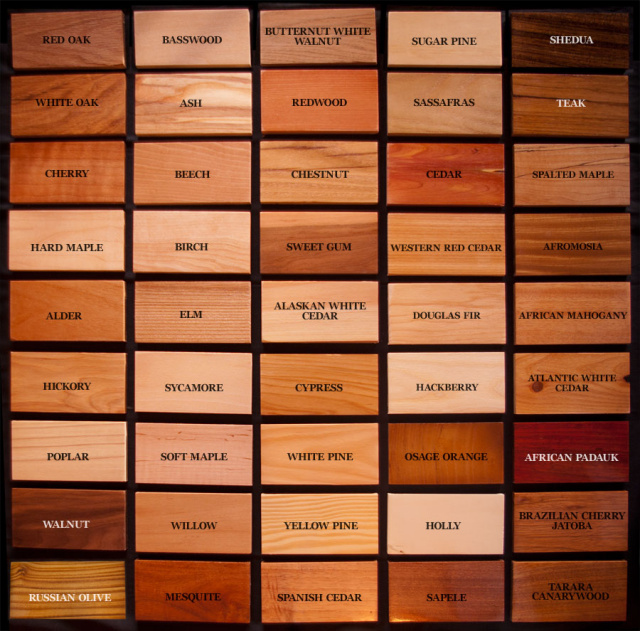
Wood Species
Walnut Cutting Board
The most expensive of the wood cutting boards, walnut is a strong and durable material ideal for this application. With a dark and rich design, it looks stunning on your kitchen benchtop as you prepare daily meals with it.
Walnut cutting boards require some maintenance with oil regularly, otherwise, they can develop deep cracks. When these cracks appear, it’s easier for bacteria to enter through the surface making it unhygienic for preparing meals.
A walnut cutting board will be one of the best options for protecting your kitchen knives, as they are durable enough to sustain the blade but also soft enough to prevent it from blunting it. The thick timber is heavy and won’t move around on your benchtop, making it one of the safer options for cutting boards.
Caution needs to be taken if purchasing a walnut cutting board as there are some varieties sold which are constructed from endangered walnut wood. Always ensure that your product specifies its sustainability and where it was sourced from before buying.
While walnut does offer all of the benefits that the other wood varieties do, its price can be a turn off for some. There are other wood types available in cutting boards which can live up to all of its benefits without spending such a lavish amount.
Maple Cutting Board
Maple has long been considered one of the top wood types to use for a cutting board. Wood cutting boards have many advantages over the harder and abrasive materials, and maple is an ideal example of this.
With a maple cutting board, you’re ensuring that you keep your knife and its blade as sharp as possible. Unlike the harder stone and glass varieties, these boards won’t do any damage to a blade and will help to prolong its life significantly.
Cleaning a maple cutting board is relatively simple, and the non-porous material of these harder woods such as acacia and maple mean that fewer bacteria and less water can seep through. They will be prone to some dents and scratches, but often this builds character to a chopping board that is important to some people.
Price is one of the major disadvantages to maple, though, and these boards can be quite expensive. Of the higher quality wood boards available, maple is certainly the most expensive. If you’re looking for a wood cutting board and want to stay within a reasonable price range, this might not be the option for you.
Cherry Cutting Board
A cherry cutting board is another popular wood variety, known for being durable but not too hard to the touch. This softer texture will be helpful in protecting your knives from damage, but it may also cause more damage to the wood itself.
Cherry has a nice red appearance to it and a beautiful grain that will make your benchtop look amazing. Many of these cutting boards have been constructed with a mix of another wood so that their vibrant colors can be highlighted.
Extra caution needs to be taken with cherry cutting boards to ensure they don’t come into contact with too much liquid as this can warp the wood. These boards should never be submerged in water or placed in a dishwasher, just like the other wood varieties.
As another thick quality timber, cherry won’t move around on your bench top or table as you’re preparing meals. Provided your cherry cutting board has been crafted from end grain wood, this variety will last for many years.
If purchasing a cherry cutting board never go for anything less than 2 inches in thickness as they can crack. These boards will require regular oiling and washing, so ensure that you are keeping up with maintenance to give it a longer life.
